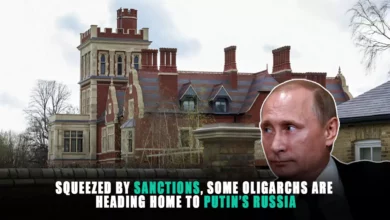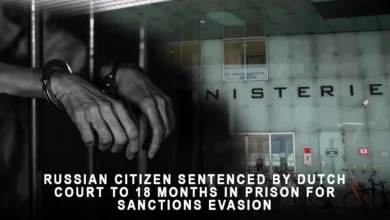Russia China Energy Partnership Takes Center Stage During Putin’s Visit
Putin's Visit Showcases Strong Russia-China Energy Partnership in Action
Since the start of the Ukrainian conflict, Russia China Energy, a leading global oil producer, has cemented its energy ties with China, the world’s No. 2 oil consumer after the United States.Beijing has rejected Western criticism of its growing partnership with Moscow in light of Russia’s conflict in Ukraine. It insists the ties do not defy international norms, and China has the prerogative to collaborate with whichever country it chooses.
As per China’s customs data, a year-on-year acceleration in the growth of China’s exports and imports with Russia China Energy was observed in September compared to August.
The bilateral trade value soared to $21.18 billion last month, marking the highest figure since February 2022, coinciding with the commencement of Russia’s military operation in Ukraine.
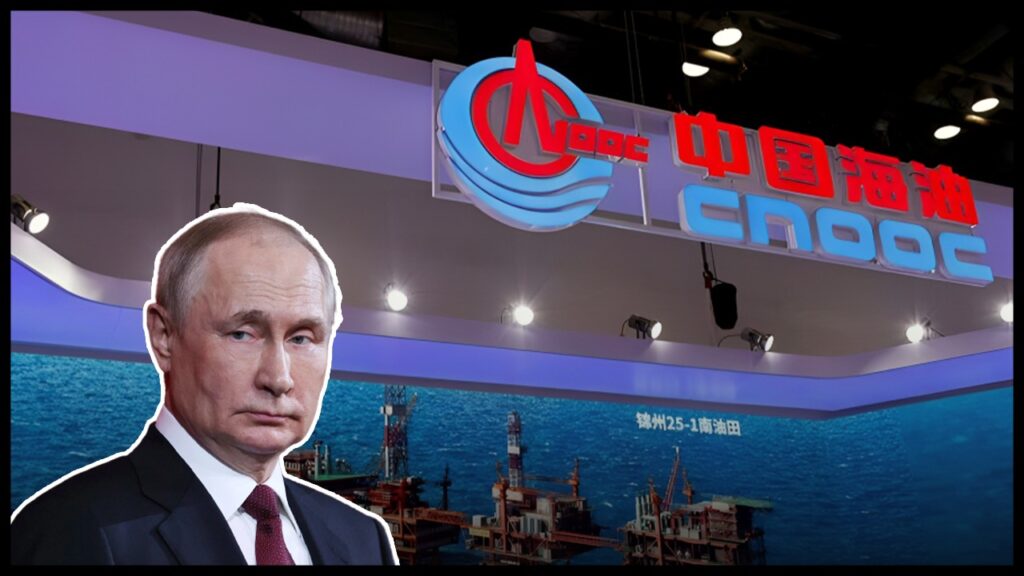
In the previous month, Wang Wentao, the Minister of Commerce in China, remarked that the economic and trade collaboration between Russia-China Energy had strengthened and become more robust, guided strategically by their respective leaders.
Here are notable energy projects and advancements in the partnership between Russia and China:
OIL
Russia exports approximately 2.0 million barrels of oil daily to China, constituting more than a third of its overall crude oil exports. China ranks as Russia’s second-largest purchaser of Russian oil, trailing only behind India.
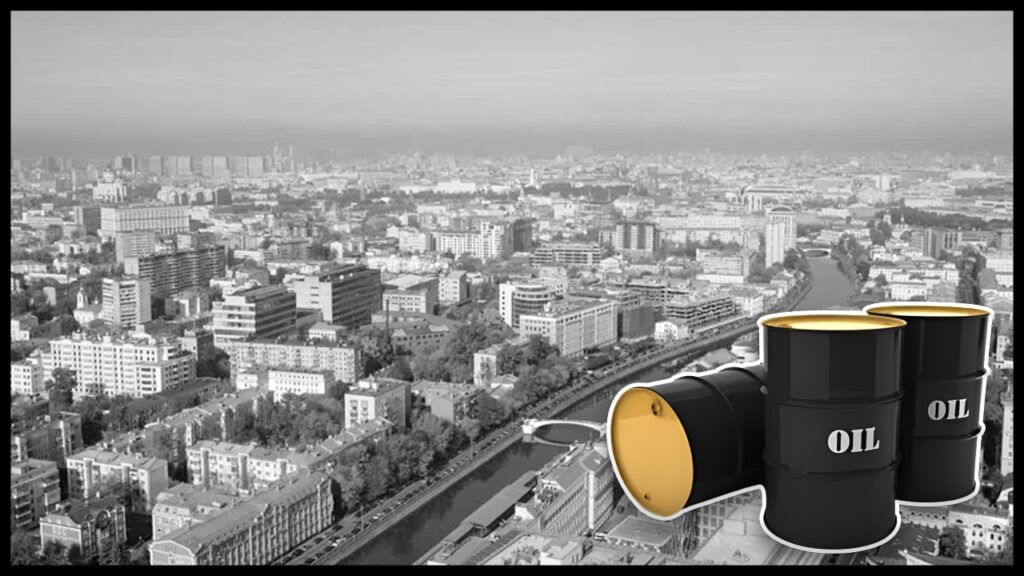
The East Siberia Pacific Ocean (ESPO) pipeline, which is 4,070 km (2,540-miles) long and funded by Chinese loans totaling about $50 billion, transports about 40% of these supplies.
From January to September, Russia China Energy delivered 1.3 million barrels per day (bpd) of seaborne crude, calculated based on data averages provided by Vortexa and Kpler. Additionally, China imported roughly 800,000 bpd of ESPO crude through pipelines, as per information from Chinese trading sources.
Seaborne imports primarily consist of ESPO shipped from Russia’s Pacific port of Kozmino and Urals from the Baltic Sea.
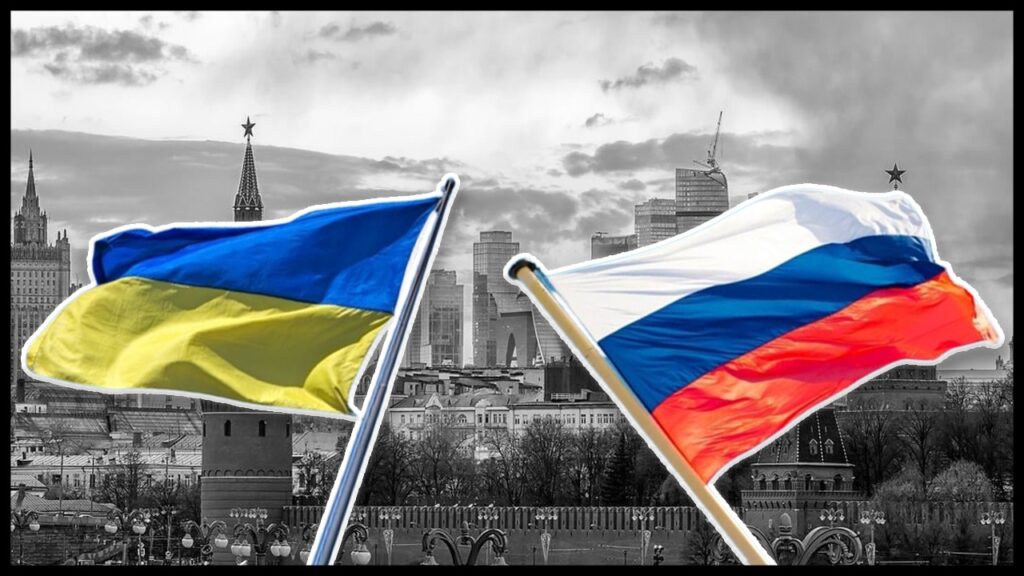
During the January–September period, overall Russian shipments increased by over 400,000 bpd compared to the previous year, with Urals leading the growth, according to tanker tracker Vortexa.
China has realized savings of $4.34 billion this year by importing Russian oil. This estimate is based on Reuters’ comparison of monthly price differences between Brazilian crudes ESPO and Tupi, as well as Urals and Oman, using price data from traders.
Pipeline Gas
According to a projection from the Russian state bank VEB, the volume of natural gas that Russia exports through pipelines to the European Union is anticipated to decrease significantly this year, potentially reaching only 21 billion cubic meters (bcm). This marks a substantial decline compared to the previous year, with exports dropping by nearly two-thirds, and an even more substantial decrease compared to 2021, which amounted to over six times the anticipated volume.
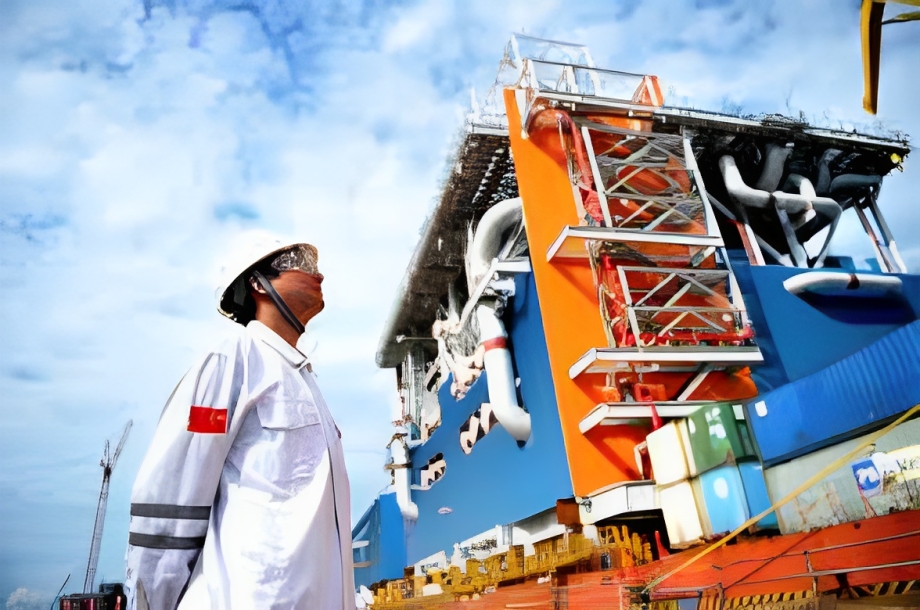
Interestingly, this projection implies that Russia’s pipeline gas exports to China, expected to be around 22 bcm via the Power of Siberia pipeline this year, could surpass its gas exports to Europe. This would be the first time that Russia exported more natural gas through pipelines to China than to Europe.
The primary gas export route for Russia is the Power of Siberia pipeline, which spans 4,000 kilometers (2,500 miles) and connects East Siberian gas fields to northeastern China.
Gas deliveries through the Power of Siberia pipeline commenced in late 2019, and this pipeline is not linked to Russia’s western gas pipeline network. The volume of gas supplied is set to increase significantly, reaching 38 billion cubic meters per year by 2025. This is a substantial increase from the 10.5 billion cubic meters delivered in 2021 and the 15.5 billion cubic meters delivered in 2022. These gas supplies are part of a 30-year contract valued at over $400 billion.
Russia’s objective is to construct a second gas pipeline, known as Power of Siberia 2, destined for China, and this pipeline will have the capability to transport 50 billion cubic meters of gas annually, with its route passing through Mongolia.
However, discussions regarding pricing and other matters pertaining to the pipeline’s path have thus far not resulted in any concrete outcomes.
In the previous year, during President Vladimir Putin’s visit to China, a 30-year contract was successfully negotiated, securing the supply of 10 billion cubic meters of gas annually to China through a new pipeline originating from the Russian island of Sakhalin.
Novatek, a Russian company, aspires to compete with Qatar to become the world’s largest producer of liquefied natural gas (LNG) in the upcoming decades, and various Chinese firms, including CNPC, have made investments in Novatek’s Yamal LNG and Arctic LNG-2 projects.
Russia could potentially provide China with a shipment of around 10 million tons of liquefied natural gas this year, accounting for a portion of the total 33 million tons of LNG produced in Russia.
READ MORE :







